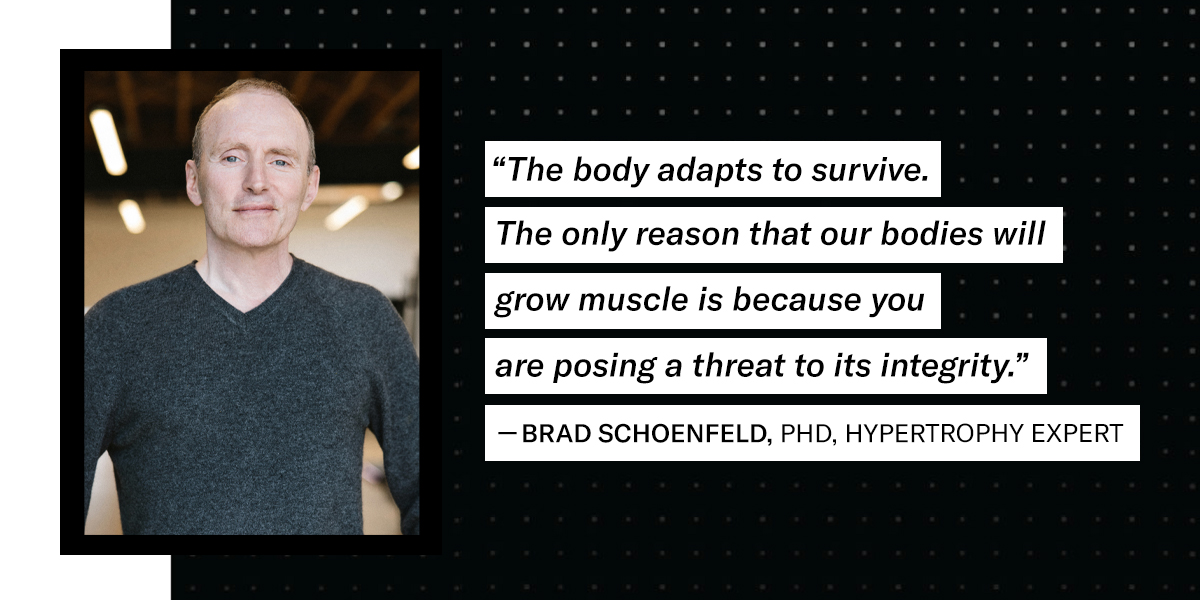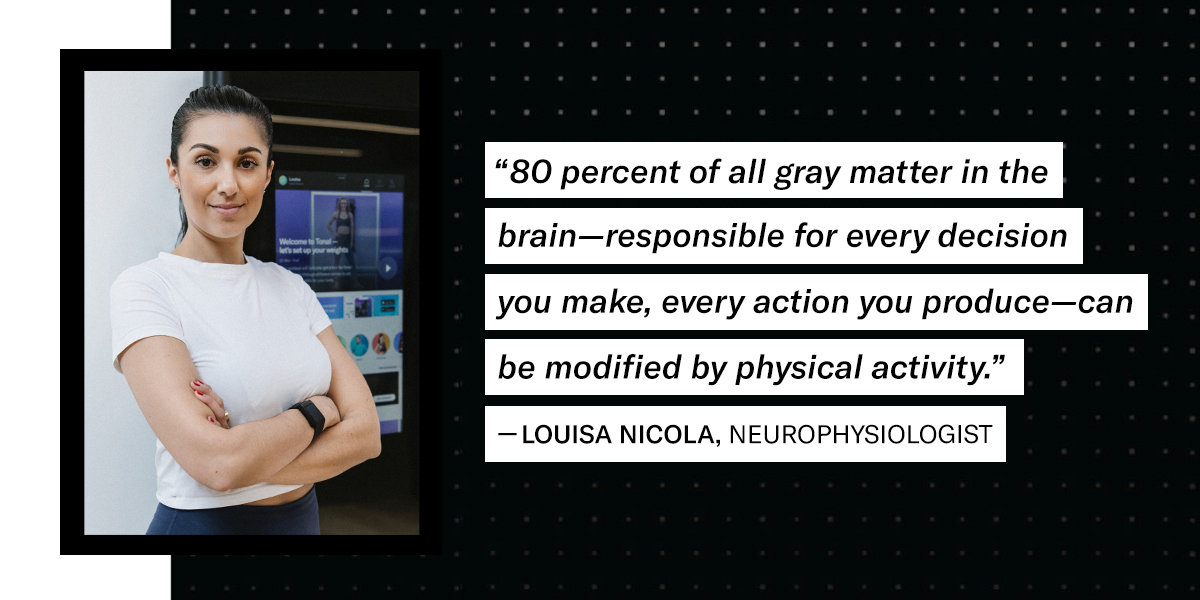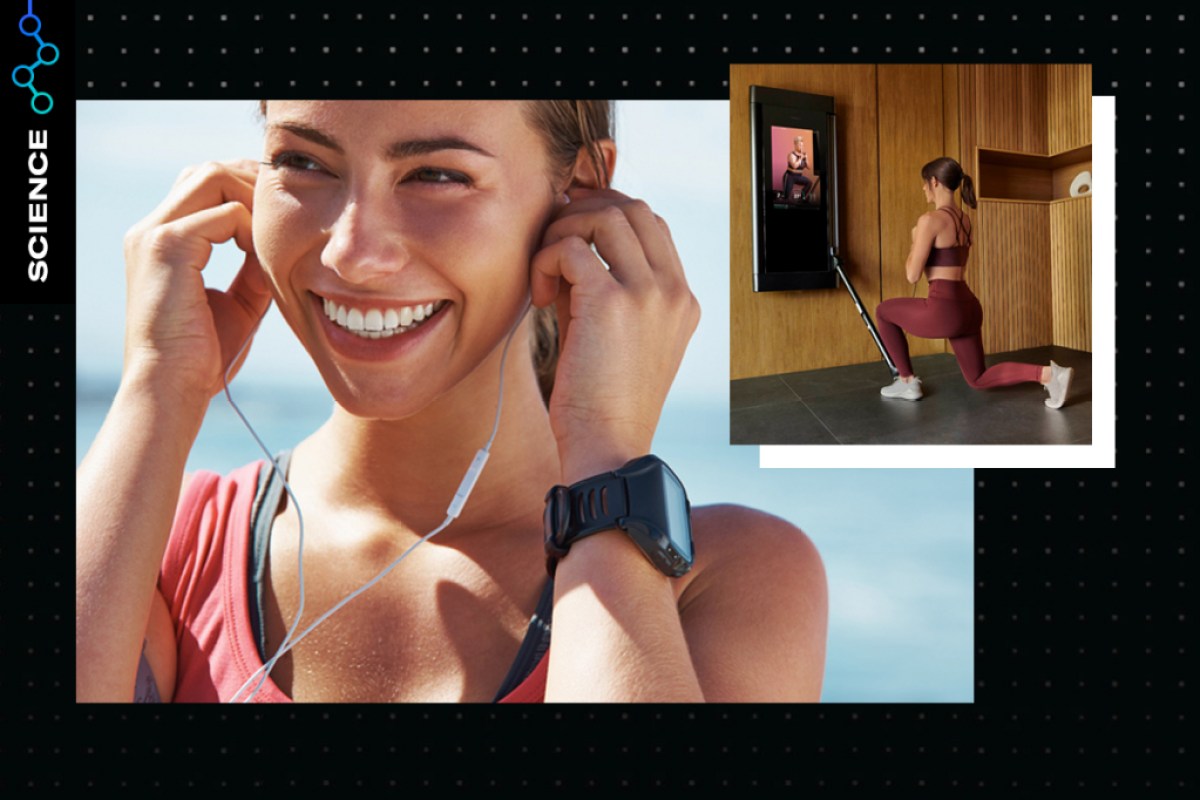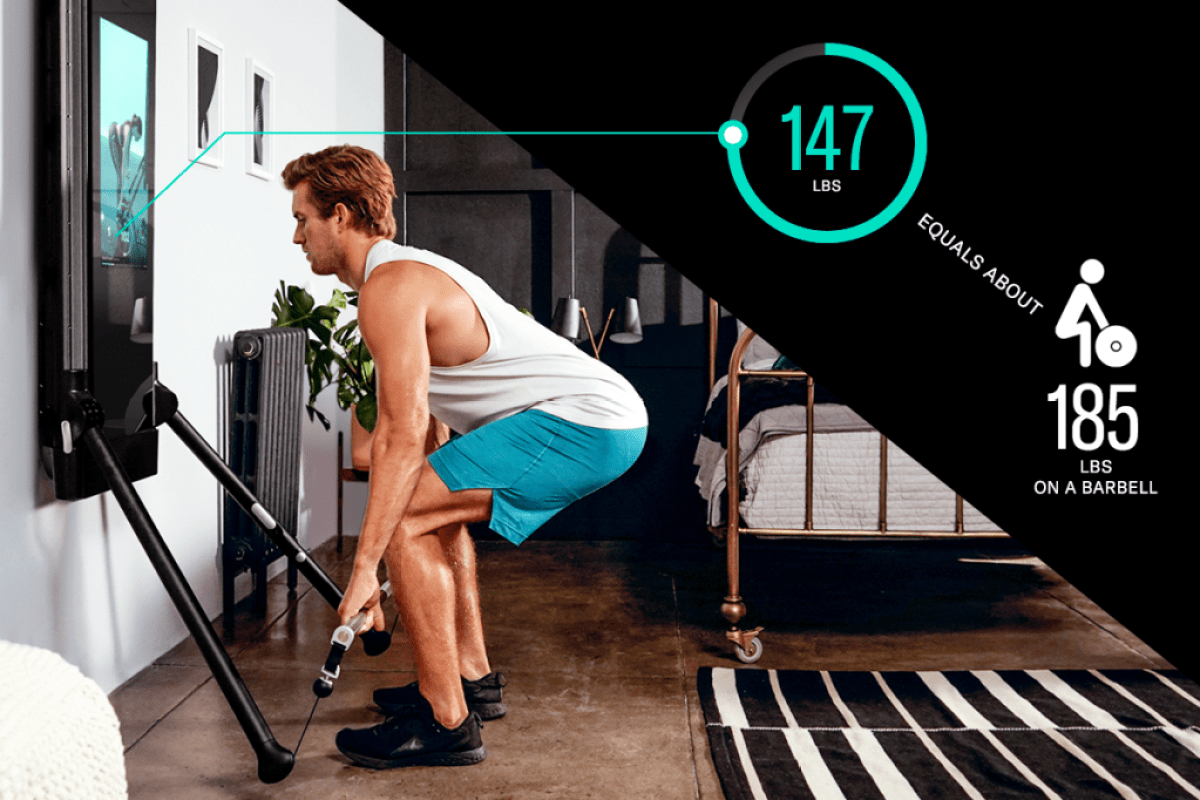The Tonal Strength Institute expert Advisory Board members boiled down decades of research and science behind exercise so you don’t have to.

Figuring out the science behind exercise is complicated—when done right, it often means sifting through thick textbooks and complex research studies. Fortunately, you can ditch the time-consuming reading and trust the Tonal Strength Institute Advisory Board, a group of renowned experts who have spent their careers studying the ins and outs of health and human performance.
These preeminent leaders boiled down years of research into facts you can take into your daily life to help you gain muscle, prevent injury, reduce cognitive decline, stay motivated to exercise, and maximize your potential. Here are seven simple truths about exercise that prove the basics are reliable for a reason.
1. You don’t need to always lift to failure.
An old way of thinking suggested that the only way to build muscle was to pump out reps until you couldn’t eke one more out. But the latest collection of research shows you can skip the failure if your sets are challenging enough.
“The body adapts to survive. The only reason that our bodies will grow muscle is because you are posing a threat to its integrity,” explains Brad Schoenfeld, PhD, Professor of Exercise Science at Lehman College and hypertrophy expert. “That is the basis for every adaptation in our body. So if you’re not challenging the body at some point in your program, it has no reason to respond.” Lift enough weight that it is challenging 90 percent of the time, and lift to failure for around 10 percent of your workouts.
2. Exercise can stave off brain diseases.
Here’s a depressing stat: One in three adults will develop Alzheimer’s disease later in life, according to the National Institute on Aging. The good news: “We now have sufficient evidence to suggest that we can stave off these neurodegenerative diseases through lifestyle interventions,” says neurophysiologist Louisa Nicola.
Exercise helps to delay the onset of cognitive decline associated with aging so you’ll be able to think clearer well into the future. And if you’re looking for another reason to jumpstart your workout, “80 percent of all gray matter in the brain—responsible for every decision you make, every action you produce—can be modified by physical activity,” Nicola explains. Five 30-minute workouts a week will do the job.

3. Faster isn’t always better for all athletes.
Turns out, braking is a superpower—at least that’s how Marcus Elliott, MD, founder and director of P3 Sport Science, describes it. “And it’s one that’s a lot harder to see than speed, but maybe more important to us.”
The same is true in everyday life. You are constantly decelerating your movement to descend stairs, change directions, or even squat down to pick up something. In all your activities, whether you’re cruising down the ski slopes, driving and stopping to take a jump shot in a pick-up basketball game, or simply catching yourself before you fall, how you control or stop your movement can be just as important as how you accelerate. Focus on eccentric training to build your braking capabilities to make those activities easier.
4. Women can and should lift heavy weights.
Lifting heavy (closer to failure) is the best protocol for women who are peri- and post-menopausal to gain muscle strength when hormones subside as you age, according to Stacy Sims, PhD, an expert on female physiology. “We know that with post-menopause, our ability to build mass decreases … because we’ve lost one of the pathways for actually instigating muscle protein synthesis. So the answer for this isn’t a lot of higher reps at a low weight; it’s lifting heavy to form that neuromuscular connection, so that we can maintain power and speed.”
Heavy lifting is beneficial for women at any age. Plus, the more muscle mass and strength you build leading into peri-menopause, the more muscle you can hold onto in the long run.
5. If you believe your workout works, there’s a better chance it will.
Belief effects are real, says David T. Martin, PhD, Professor of Exercise Science at Australian Catholic University. “Belief in what your exercise does for you can influence how often you do it, how hard you work at it, and possibly the ‘bang for your buck’ in long-term adaptations.” So whether you think your workout will lift your mood, improve your health, give you more energy, or make you perform better, just thinking it can push you closer to reaching your goals.

6. Your unique movement patterns can predict injuries in the future.
How you currently move is like a fingerprint, says Elliott. Every single person moves differently and understanding your own movement, and changing it for the better, can improve how you function in the future.
For example, if you have low ankle mobility now that’s disrupting your range of motion in squats and deadlifts, you could set yourself up for limited mobility or strength, and subsequent chronic aches and pains in the future. Your movement patterns don’t go away on their own. Move with intention with each workout and always strive to improve your form to live free from injury or dysfunction later in life. Form Feedback on Tonal gives you real-time cues to improve technique in each set and toggling on the Active Recovery weight is a great opportunity to tune-up your form on each exercise.
7. Science changes over time, so stay flexible with your training approach.
Schoenfeld humbly admitted he once thought there was a set program for optimizing hypertrophy, and he stuck to it. But as new research came out with compelling findings, he began to shift his beliefs and really dig into the subtleties of training in his research. Don’t get too attached to the same routine. As you age, as your lifestyle changes, and as new research findings come out, be willing to evolve how you train.


